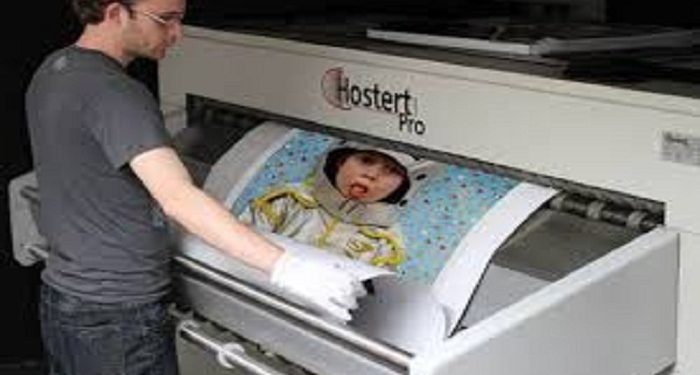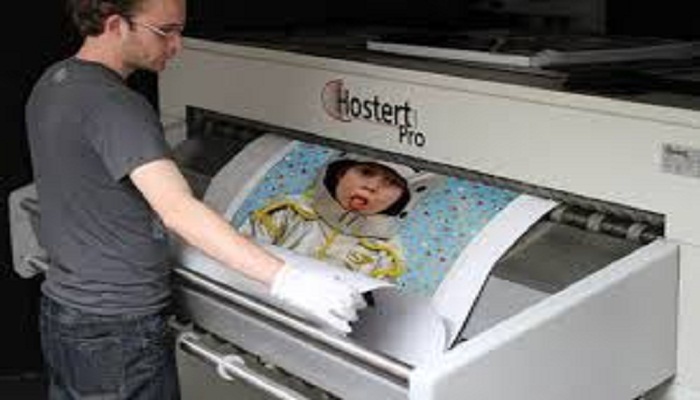
Although you may love taking photos, you may not love the process of uploading your digital prints to a store website, waiting for them to be processed, and then being required to go pick them up.
From start to finish, this process can feel like more of a hassle than it’s worth. Unfortunately, many people struggle with printing quality photo images from their homes, and thus, feel as though they don’t have any other options. The good news is that this isn’t true. It’s very possible for your to print beautiful images without ever leaving the comfort of your own home, and it’s actually a lot simpler than you might imagine. Here are a few tips and tricks for ensuring that your photo prints will look great every time.

Choose the Best Paper and Ink
Quality images begin with selecting proper photo paper and ink.
Most retailers will carry both glossy and matte finish photo paper that are ideal for printing pictures. Keep in mind that black-and-white prints tend to look better on matte paper, while color pictures look best on glossy paper. You’ll also need to take size into consideration. If you’re printing photo images onto business cards, greeting cards, etc. , you can either print multiple photos on one 8.5×11 inch photo sheet, or you can look for wallet-sized paper (2.4×2.5 inches). You may also be able to find photo paper that’s album/scrapbook ready (4×6 or 5×7).
From here, you must select a photo-friendly ink. Companies such as Ink Technologies provide high quality ink at reasonable prices. Just be sure to consider factors like resistance to water, smudging, aging, and fading. For best results, choose an ink that is recommended by your printer’s manufacturer.
Prep Your Printer
To ensure that your prints will look great, you’ll need to take a few moments to get your printer photo-ready. First, take a look your printer’s current dots per inch (dpi) settings. The higher the dpi, the better your prints will look. You can avoid frayed or jagged edges on your prints by using a printer with at least 600×600 dpi.
Next, check out the print quality settings to choose the right print options and preferences for high quality. Your printer’s manual will provide instructions. Finally, you’ll need to ‘”tell” your printer what type of paper you’re using (card stock, photo paper, etc.) and adjust the printer tray for size.
Maximize Image Quality
After everything else has been taken care of you’re ready to focus on photo formatting and print resolution. You should understand that the higher the resolution is, the better your photos will look when printed. Here’s a quick guide to finding the right resolution for the photo size(s) that you plan to print:
- For wallet size photos: 1-2 megapixels
- For projects like calendars, greeting cards, or 5×7 reproductions: 3 megapixels
- For 11×14 inch photos for hanging at home : 5-6 megapixels
- For 16×20 photos: 8 megapixels
- For prints larger than 20×30 inches (ie: posters) : 10 megapixels
All this assumes you use the full frame you took, without much cropping.
You’ll also need to choose the correct file format for your photo prints. Although JPEG file formatting (which compresses image data) is okay for e-mailing pictures or posting them on social networking sights, stick with larger TIFF files when actually printing photos of larger size. Keep in mind that while this will consume more space, these TIFF images are smoother, sharper, and far superior to JPEG images.
The final step before printing will involve any photo edits or enhancements that you would like to make to your pictures. You can use Photoshop programs to soften edges, play with lighting and color, remove blemishes or red eyes, and make any other changes that will improve your photo’s quality.
There’s no need to waste time and money on printing photos at your local drug store or retailer. Once you master these simple steps, you’ll be able to easily produce beautiful photo prints right from home for a fraction of the cost.
